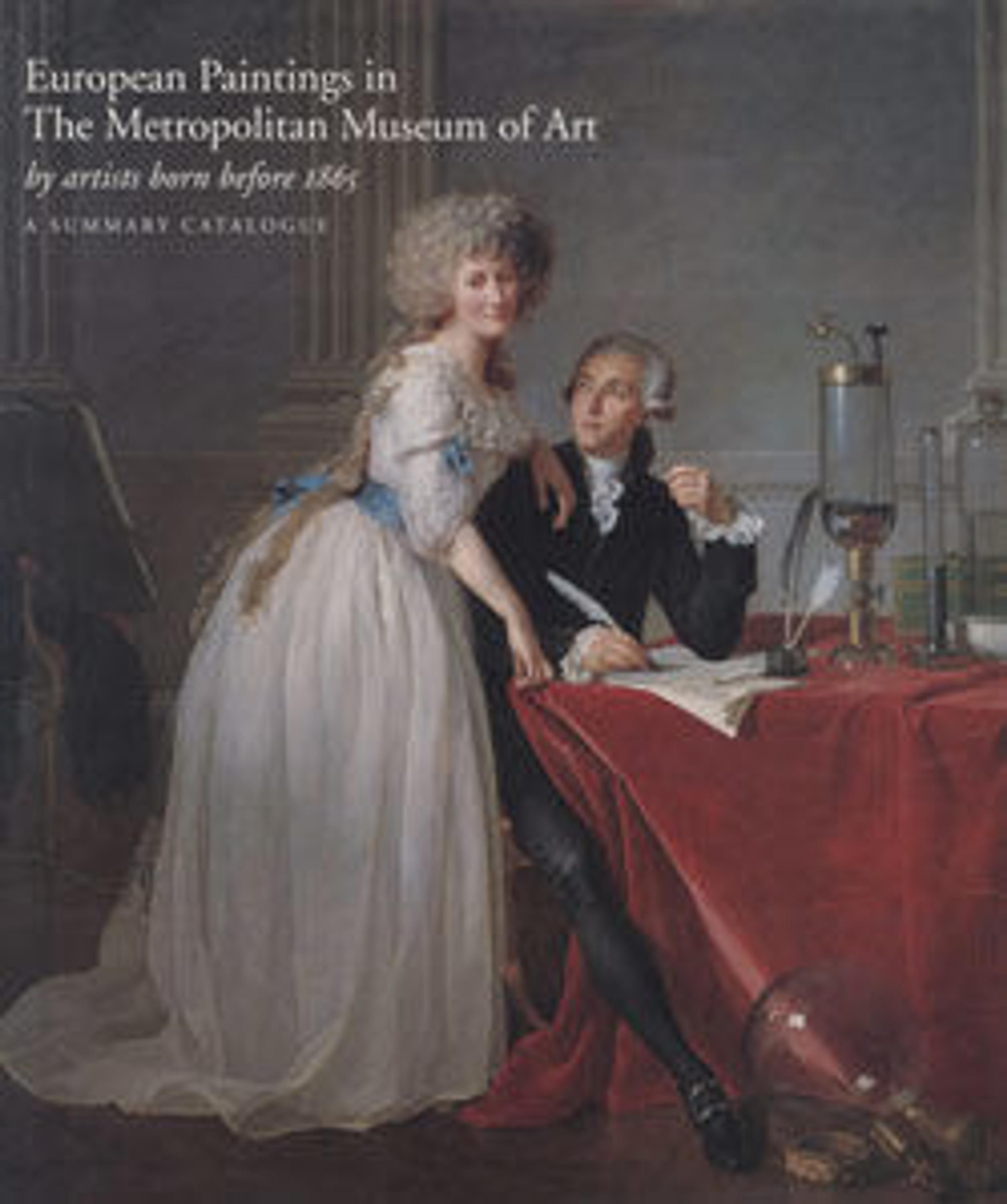Madonna and Child with Two Angels
The picture dates to about 1480–82, around the time Rosselli was working in Rome in the Sistine Chapel together with Perugino, Botticelli, Domenico Ghirlandaio, and Luca Signorelli. It was, however, painted for a Florentine, as the background has a view of the dome of the Florence cathedral. As indicated by its rather modest dimensions, the picture probably hung in a domestic interior, where it would have served as a focus for daily prayer and devotion. This function is further indicated by the empty space between the two adoring angels, which seems intended for the devotee. The Christ Child carries a small globe, signifying his role as the Salvator mundi, or savior of the world.
Artwork Details
- Title:Madonna and Child with Two Angels
- Artist:Cosimo Rosselli (Italian, Florence 1440–1507 Florence)
- Date:early 1480s
- Medium:Tempera and gold on wood
- Dimensions:33 1/2 x 23 in. (85.1 x 58.4 cm)
- Classification:Paintings
- Credit Line:The Friedsam Collection, Bequest of Michael Friedsam, 1931
- Object Number:32.100.84
- Curatorial Department: European Paintings
More Artwork
Research Resources
The Met provides unparalleled resources for research and welcomes an international community of students and scholars. The Met's Open Access API is where creators and researchers can connect to the The Met collection. Open Access data and public domain images are available for unrestricted commercial and noncommercial use without permission or fee.
To request images under copyright and other restrictions, please use this Image Request form.
Feedback
We continue to research and examine historical and cultural context for objects in The Met collection. If you have comments or questions about this object record, please contact us using the form below. The Museum looks forward to receiving your comments.
